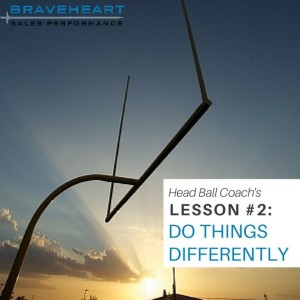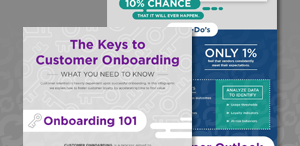Many management teachings are rooted in the assumption that businesses are like machines – inert and programmable. These approaches also encourage the notion that people working in organizations are resistant to change. This misperception creates a wonderful justification for top-down power and for driving change that serves the agendas of the people in leadership positions. But the idea that organizations are static or machine-like simply doesn’t fit reality.
Take it from nature
In nature, all living systems are in constant movement. Wind moves, roots grow, seeds germinate, plants and species grow and the list goes on. Some of this movement can easily be observed, while other types of movement in nature are not always seen. For example, mycelium is the root system of lichen that exists underneath the forest floor. It has been referred to as the wood wide web because it connects plants and trees to each other, transmitting nutrients between plant species. Mycelium continuously communicates information to plant life in the forest, and while we can’t see this movement, it still exists.
Human beings are not apart from nature, but a part of nature. We, too, are constantly moving. Our hearts beat, we breathe in and out, our blood circulates and our neurons fire – all signs of life in our bodies that may or may not be easy to see. And since businesses are designed, structured and led by people, they are in constant movement as well. As leaders, it is possible to harness those seen and unseen movements and influence positive change, energy and progress within our organizations.
Leading with (not against) the dynamic movement of your organization
That progress doesn’t occur merely from leaders initiating change. Organizations are changing all the time, so shifting our mindset can help us recognize the dynamic movement that is already occurring. It is much easier to facilitate change if it paces the evolution that is currently underway. It is also important to rid ourselves of the thinking that people just “don’t like change.” We meet resistance from our employees when we try to force change on them without regard to the direction they are already moving in. Employees’ individual and collective hopes for the business are often overlooked in leadership planning as well.
For instance, employees are taught to support the generation of profit for their organizations. But employees don’t usually see the benefits of increased profits because they aren’t distributed to everyone in the organization. When managers believe that people at the top are responsible for initiating all change, the credit and rewards go to those select few, and resistance and cynicism take root among everyone else. However, it is never one or a couple people who change an organization. Success depends on the active cooperation of all the people contributing to and initiating change.
Start Unleashing
If we assume that all the individuals on our teams are dynamically changing every second, the question of leadership is not focused on how I can create change or who can make it happen. Instead, the questions of leadership become:
- What is the rhythm of movement in my organization, and how can I become more in touch with it?
- How can I transform the energy and movement that already exists?
- How can I pace the direction the organization is already moving toward?
- How can I unleash these individuals to support a higher purpose?
To do this, a leader has to sense the livingness of their organization and align their change strategies with the dynamic evolution of their business. This pacing of movement and intention works with, instead of against, the natural energy of the organization. When we do this, we don’t experience resistance. Instead, we see active cooperation, powerful change and progress.
A version of this post originally appeared here.
Business & Finance Articles on Business 2 Community
(59)






